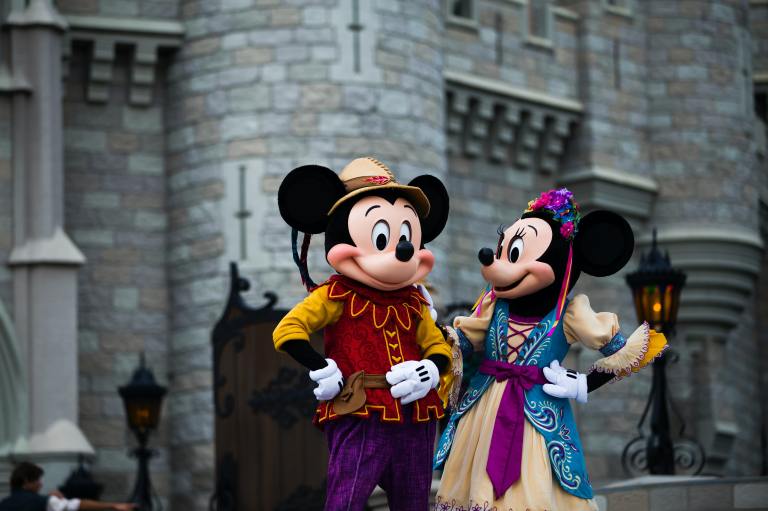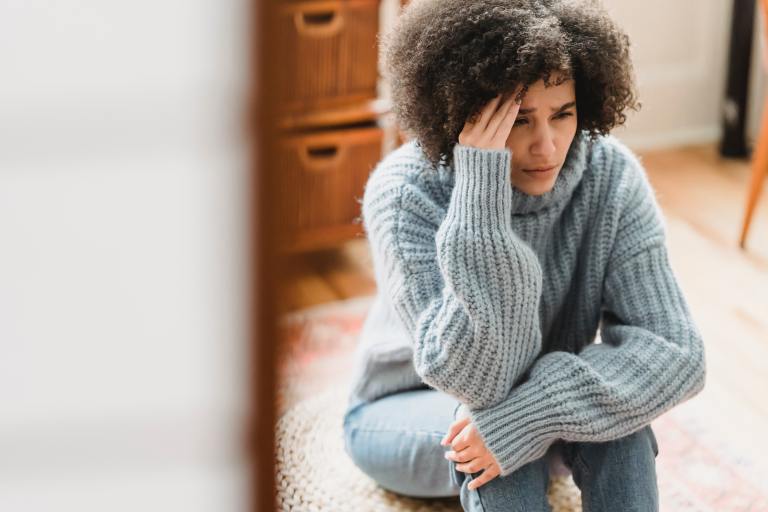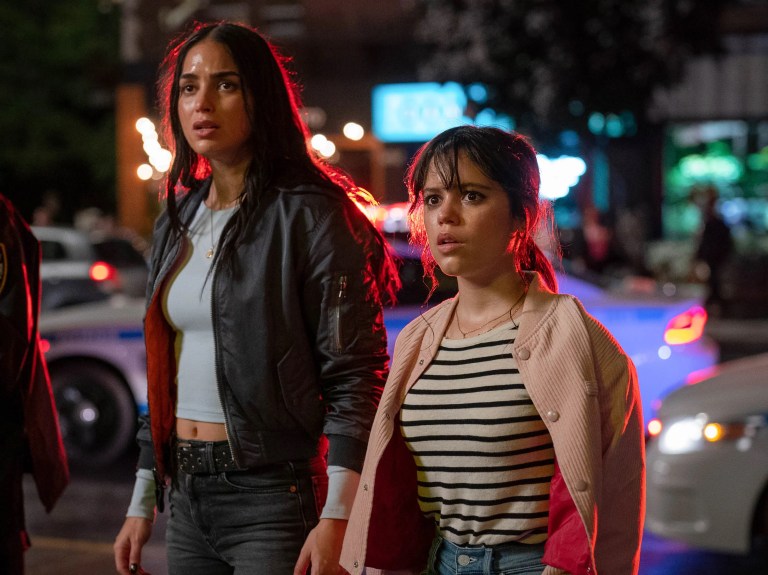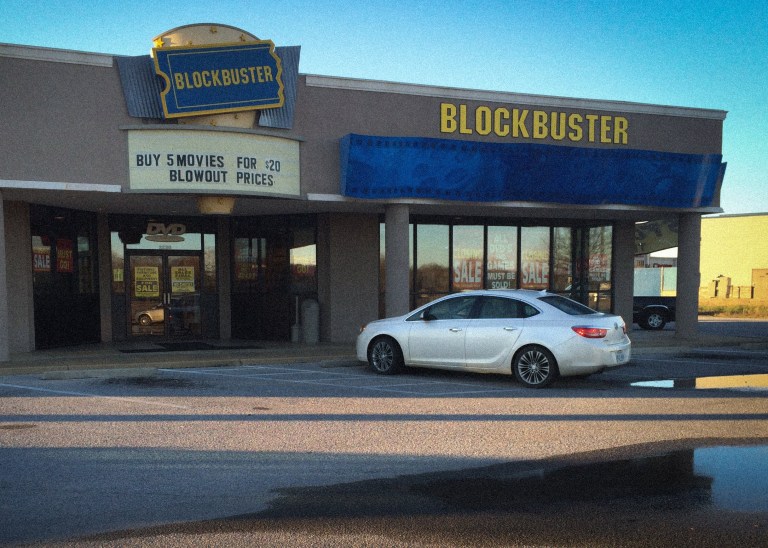In Terrifying Color: Vietnamese Buddhist Monk’s 1963 Self-Immolation
Yesterday, a colorized version of the photograph was posted on Reddit.com. To see this image in color imbues a new level of terror and awe. In the original black and white image, this lone Buddhist monk appeared otherworldly, a ghost from the past familiar to us only from repetitious use in coffee table books, historical…
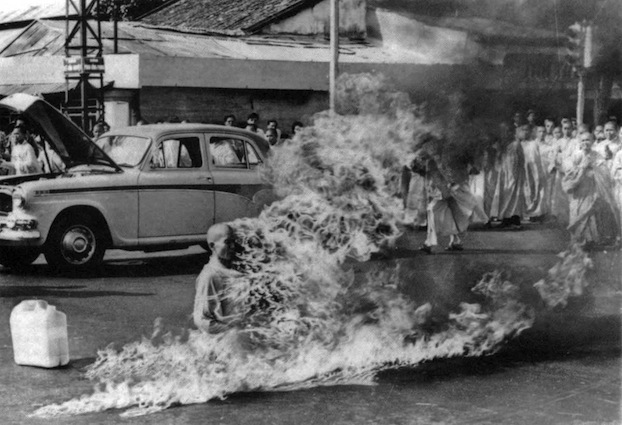

In June of 1963, Vietnamese Mahayana Buddhist monk Thích Qu?ng ??c burned himself to death at a busy intersection in Saigon. The self-immolation was done in response to the persecution of Buddhists by South Vietnam’s Ngo Dinh Diem administration. The Catholic regime had cracked down on practicing Buddhists by banning the flying of the traditional Buddhist flag; prohibiting Buddhists from exercising the same religious freedoms as Catholics; and the continued detainment of Buddhist monks and nuns — a moment referred to as The Buddhist Crisis. Journalist/photographer Malcolm Browne captured the scene in Saigon for the Associated Press, and the stark black and white image quickly became an iconic visual of the turbulent 1960s.


Yesterday, a colorized version of the photograph was posted on Reddit.com. To see this image in color imbues a new level of terror and awe (view full-size image). In the original black and white image, this lone Buddhist monk appeared otherworldly, a ghost from the past familiar to us only from repetitious use in coffee table books, historical slide shows, and even album covers (see: Rage Against the Machine’s self-titled debut). But now, rendered in color, Thích Qu?ng ??c’s immolation has a whole new gravity. We get a better understanding of what bystanders saw. And the scene, for whatever reason, feels more present in color. Reports from that day often reference Thích Qu?ng ??c’s unflinching demeanor, how he never uttered a word or showed traces of pain or suffering, just perfect calm as his body was consumed by flames and he eventually collapsed. The video footage included below, a purported dramatization of the event from a 1963 Italian documentary (source), helps give context to this moment:
[youtube=http://www.youtube.com/watch?v=E37cMtCrKoA&w=622&h=375]
In recounting his coverage of the event for PBS’s “Reporting America at War” series, Malcolm Browne discusses what it was like to be in that moment:
It was clearly theater staged by the Buddhists to achieve a certain political end. At the same time, there was a human element to it that was just horrifying, because the sequence of pictures showed the initial shock of the flames touching his face, and so forth. He never cried out or screamed, but you could see from his expression that he was exposed to intense agony, and that he was dying on the spot — and then, in the end, when the body was rigidly burned, they couldn’t stuff him into a casket because he was splayed out in all directions. As shock photography goes, it was hard to beat. It’s not something that I’m particularly proud of. If one wants to be gruesome about it, it was a very easy sequence of pictures to take. Work is a great panacea for the horrors of that sort of situation, or of a battle, for that matter. I think combat photographers are very conscious of the idea that the real fear comes later, after they get home and develop their film and have a look at what they were through. Then they are aware that they nearly died.
